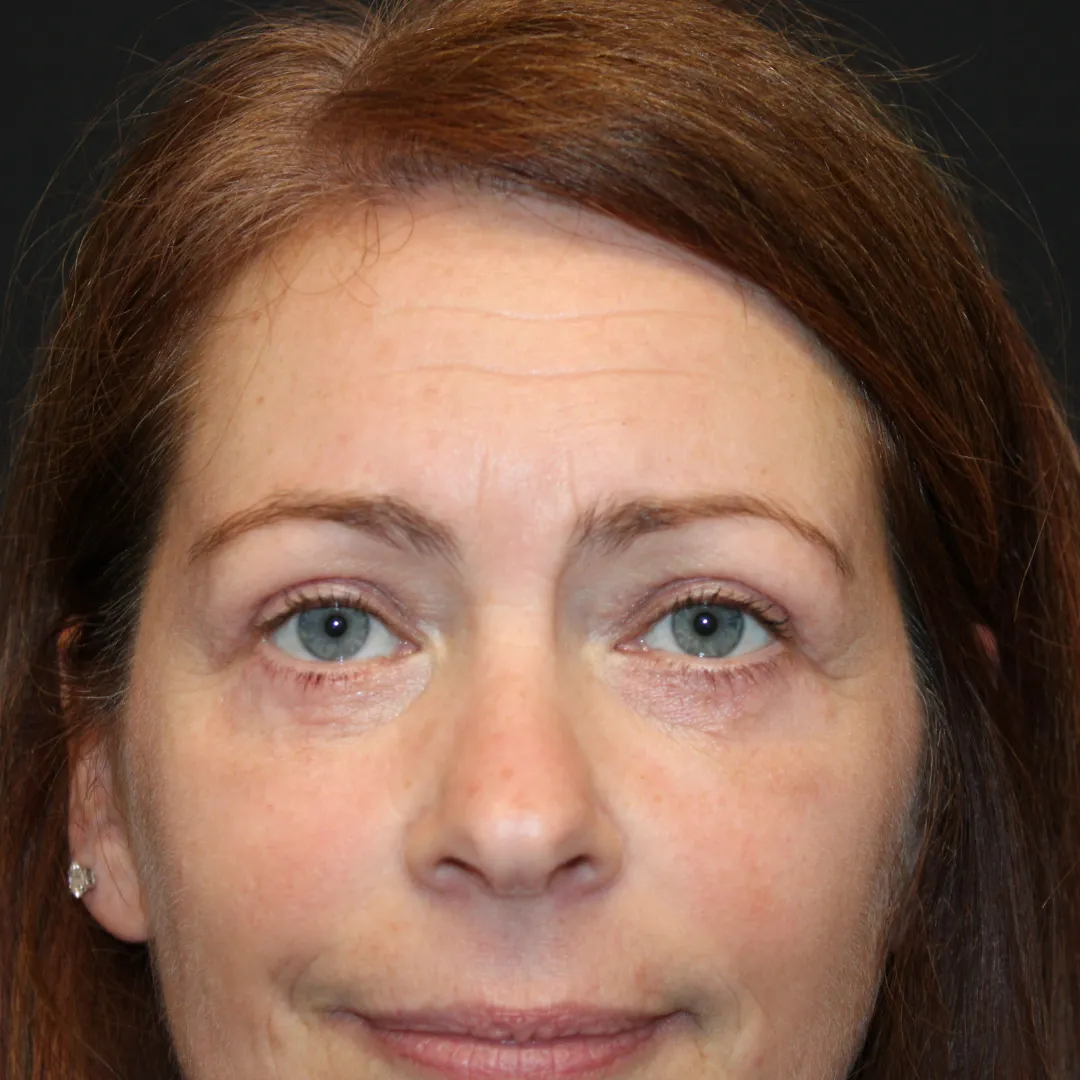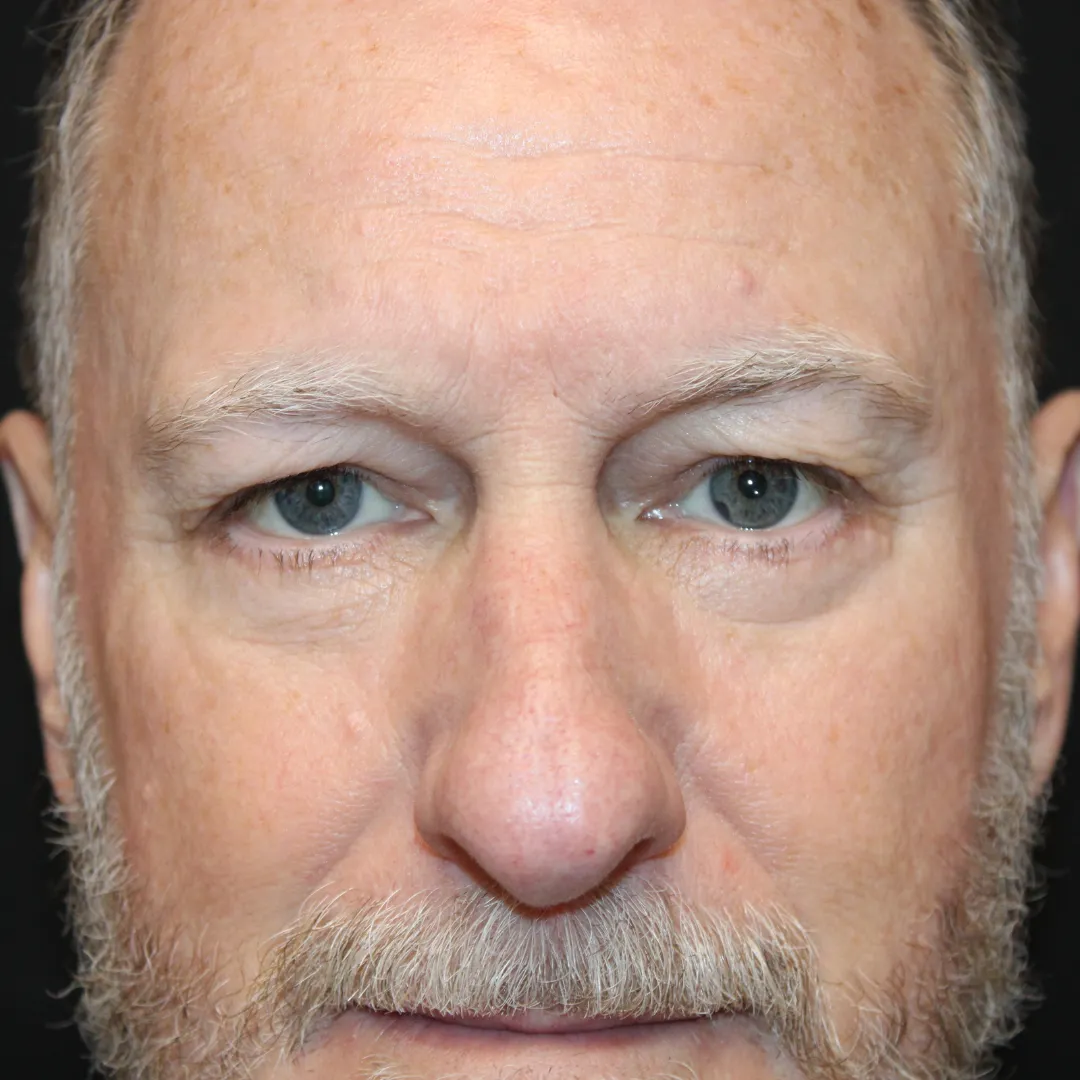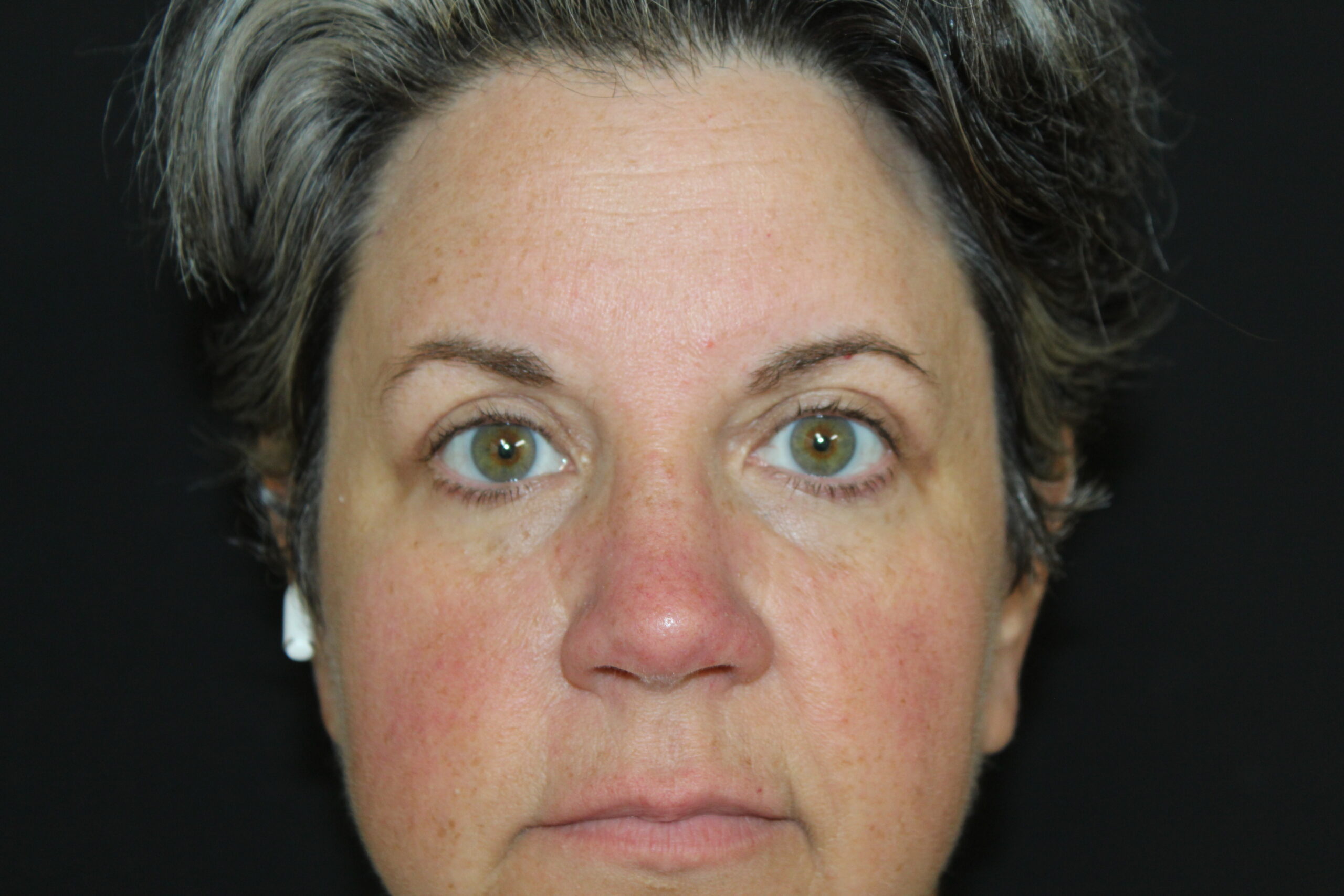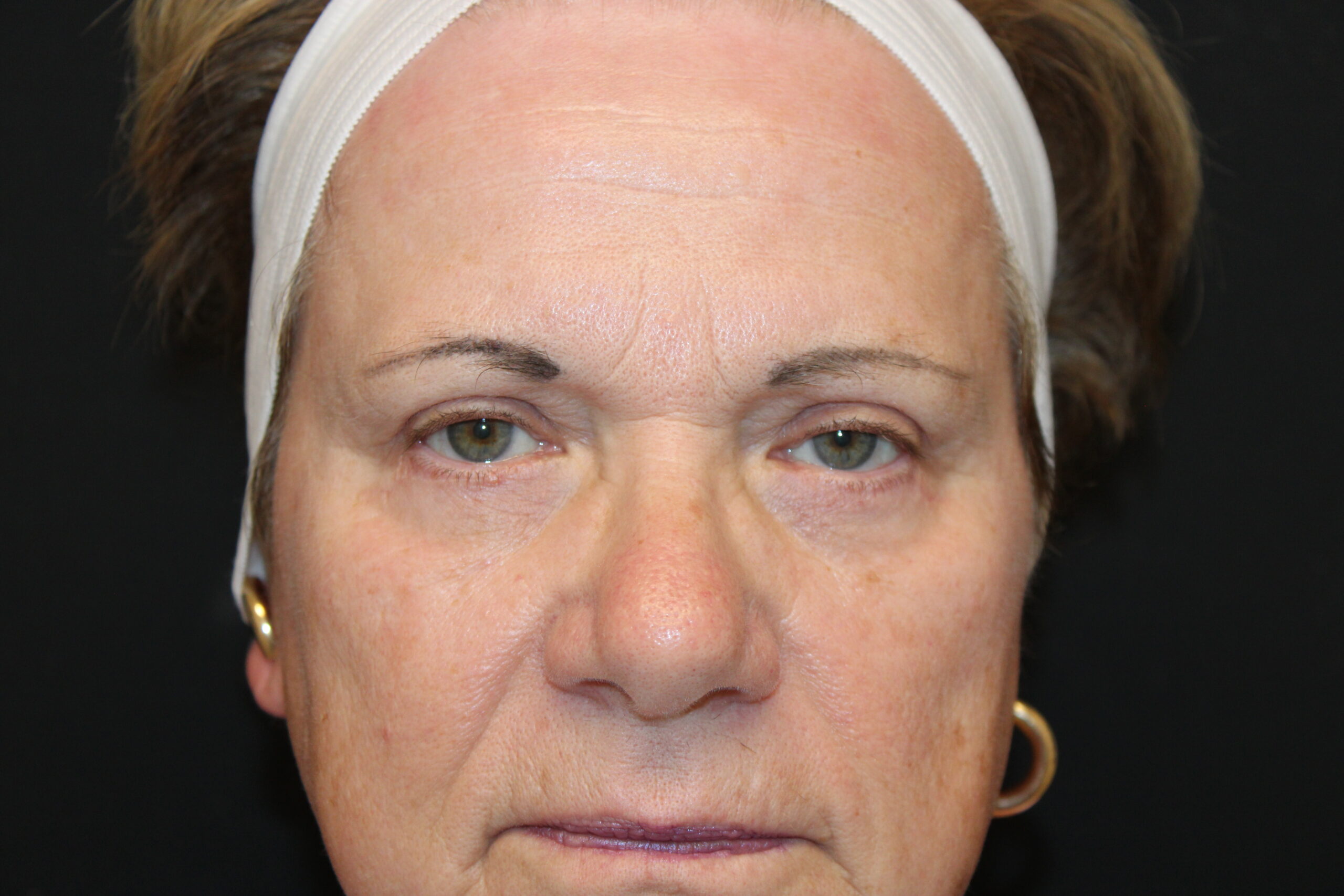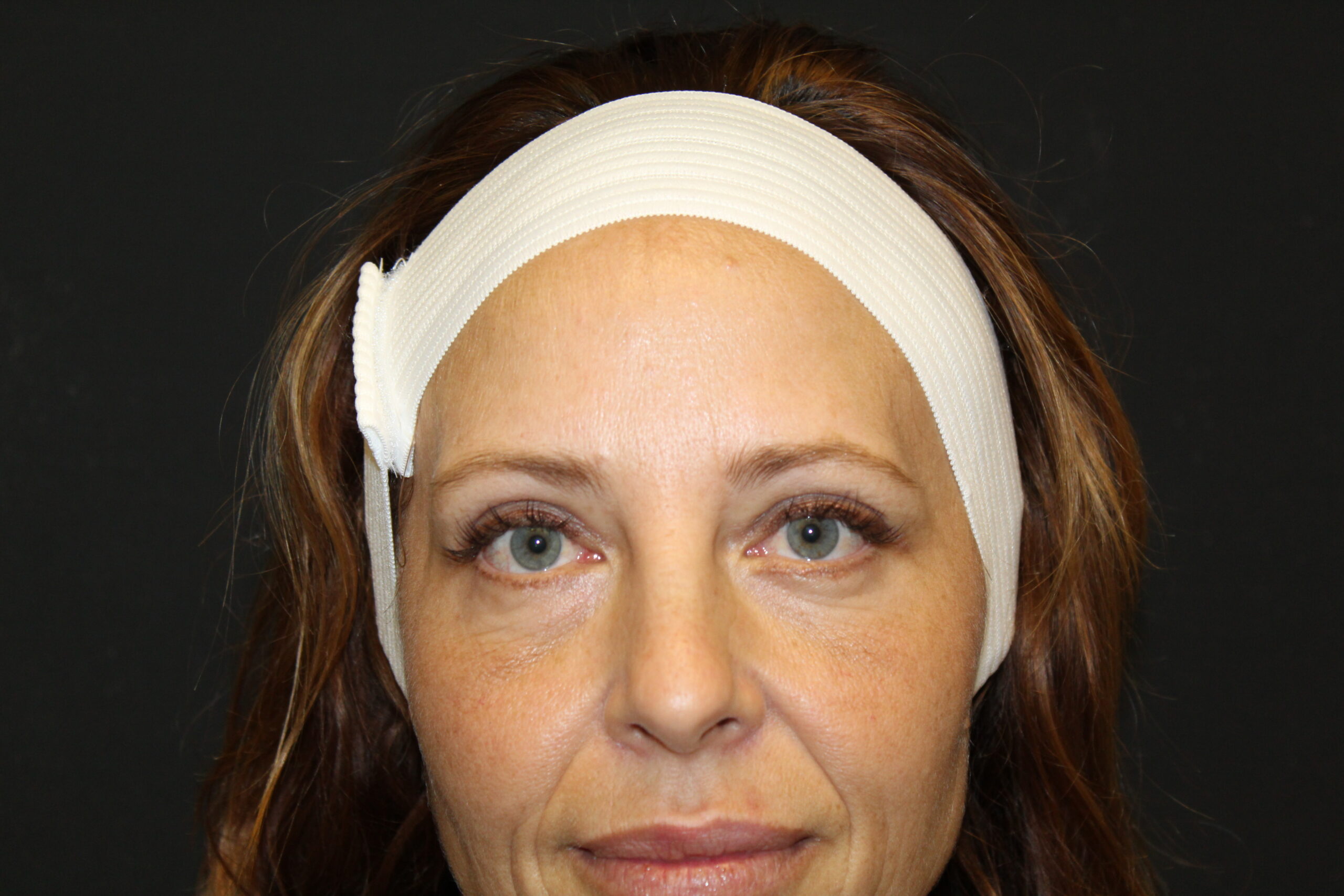Eyelid Surgery (Blepharoplasty) On Cape Cod
Eyelid surgery (blepharoplasty) is one of the most common cosmetic procedures that patients have performed. Our board-certified plastic surgeons, Dr. Michael Loffredo and Dr. Seth Jones, have helped countless patients with upper and lower eyelid surgery. Blepharoplasty is often one of our most requested procedures, especially for patients who have concerns about signs of aging.
Here at Cape & Islands Plastic Surgery, our team’s expertise and experience are combined so that we can build tailored treatment plans based on our patients’ goals. For example, we may recommend non-surgical treatments, including injectables or minimally invasive treatments, such as FaceTite. Alternatively, we may recommend that patients combine treatments like Blepharoplasty with other surgical procedures like a facelift.
Learn More About Upper & Lower Eyelid Surgery
Blepharoplasty can be done to either the upper or lower eyelids. As patients age, it is common to notice that eyelid skin starts to sag and wrinkle. Likewise, fatty tissue can create bulges (eyebags) around your eyes. Oftentimes, this is what patients are referring to when they mention that they have circles under their eyes. Aside from aging, sun exposure can also cause these symptoms to appear earlier, which is unfortunately quite common here on the Cape. Some patients can start to see these signs as early as their 30s.
Blepharoplasty involves using small incisions around the upper and lower eyelids to remove the excess skin and fat and tighten the skin in the area.
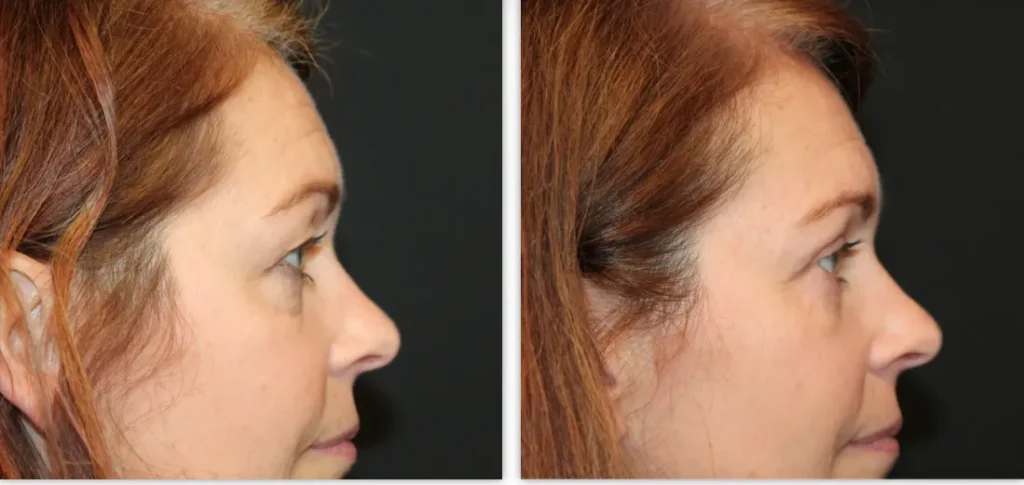

Blpeharoplasty: Consultation, The Procedure, Post-Care
Here at Cape & Islands Plastic Surgery our team has helped thousands of patients with their cosmetic and aesthetic goals. We provide a variety of procedures that range from injectables and skin treatments to surgeries. During your initial consultation at one of our offices, our team will make recommendations based on your goals and their extensive experience. This can include recommending a combination of treatments or potentially recommending a different treatment. Our goal is to match our treatments to our patients so that they can get the results they are looking for.
Blepharoplasty is a surgical treatment that is performed in a hospital setting under general anesthesia. The procedure includes making incisions around the eyelids so that fat and excess skin can be removed. The procedure can take a few hours from start to finish. It is common for patients to return home on the same day as the procedure.
Our team provides our patients with detailed post-care instructions and support throughout the healing process. On average, it is common for patients to experience swelling and bruising around their treatment area the first few days after the treatment. It is also common for patients to return to work about week or so after the treatment once the swelling and bruising has subsided. While the initial healing process can take about a week, the full healing process tends to take around four to six weeks as the incision lines fade and become less noticeable.
See Blepharoplasty Results From Cape & Islands Plastic Surgery
How Long Does It Take for Blepharoplasty to Look Normal?
Immediately after your surgery, it is common for patients to experience swelling and/or bruising around their treatment area for anywhere from one to three weeks. Over the course of one to three months, the appearance of your eye will continue to improve as your eyelids heal from the surgery. That said, everyone recovers differently, and it is important to work with an experienced team that can communicate your post-care and provide support throughout your recovery.

